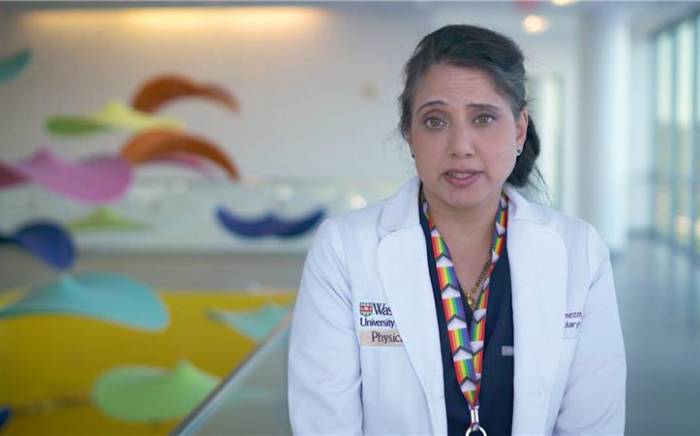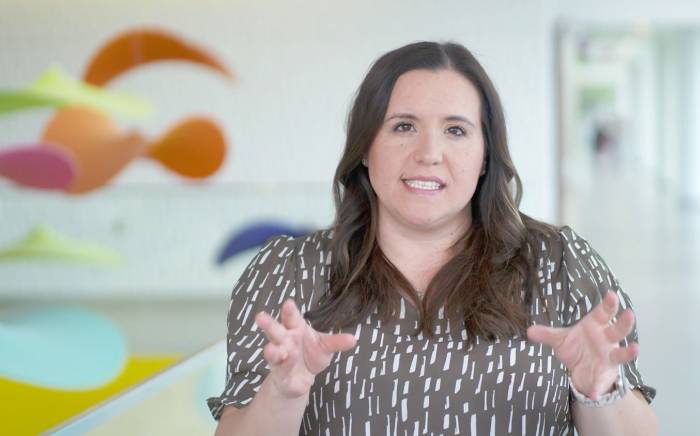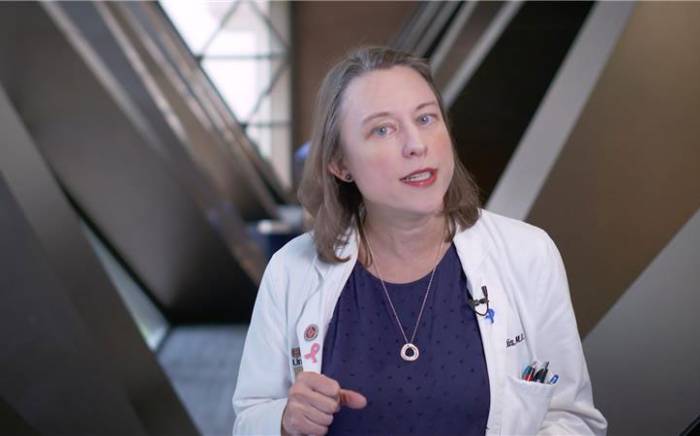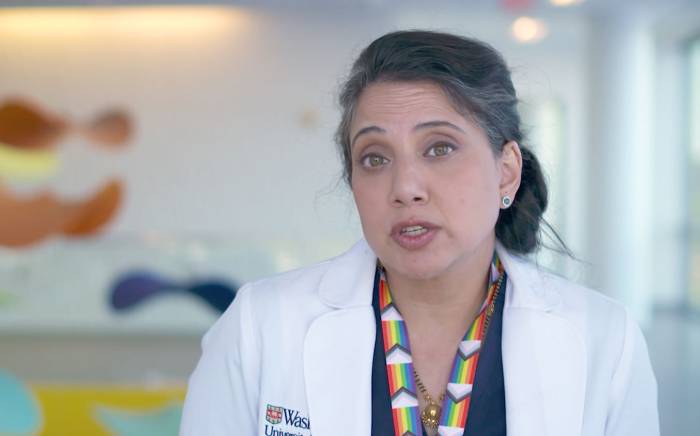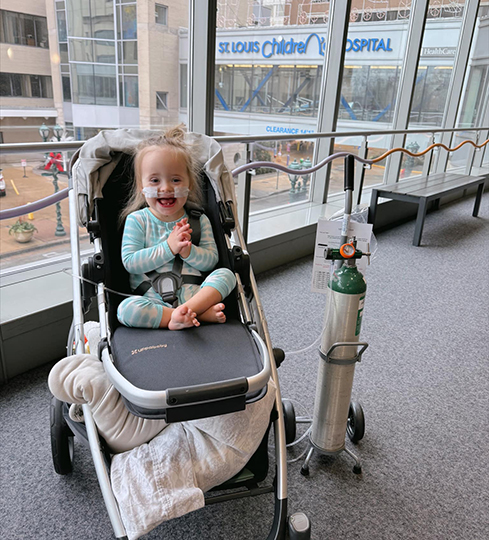Ugly witches and bumpy toads are what some people may picture when they hear the word “wart.” But contrary to popular belief, if you touch or kiss a toad—you won’t get warts.
Warts are common in about 10 percent of children and are caused by a virus, most commonly the human papillomavirus, causing small, rough-surfaced growths often on the hands—especially fingers. They are most often not painful unless they are located on the sole of the foot (plantar wart) or on part of the finger used during exercise or writing. Unlike a callus, a wart has dark brown dots within it and a clear boundary. The sooner you treat warts, the less likely they are to spread.
To prevent the spread of warts, discourage your child from picking at them. Every time you pick at it and then scratch another area of skin with the same finger, new warts can form in one to two months. Chewing or sucking on a wart can lead to similar bumps on the lips or face. Warts are mildly contagious, but there is no reason to miss school or daycare.
There is no shortcut for treating warts. If there is no treatment given, warts will usually go away on their own in about two years. If treated, they can usually clear in two to three months. Your primary care physician will discuss the pros and cons of treating warts, along with the various ways to treat them. Removal of warts may include acid, freezing, burning, laser or surgery. Be sure to discuss which option is most appropriate for you child’s age.
Duct tape can be used for removal of warts at any age. This method can be used to cover one or two warts, but if your child has many warts, be sure to cover at least three of them. Once the warts are covered, they will become red and start to die. It’s best to keep warts covered at all times, removing the tape only once a day before bathing. Replace the tape after bathing. If your child strongly objects to wearing duct tape, at a minimum, they should wear the duct tape through the night.
Treatments for Children Older Than Age 6
If you choose to use a wart-removing acid, which can be purchased over the counter, it should have 17 percent salicylic acid. Apply once a day to the top of the wart. While using an acid, keep it away from the eyes or mouth, as well as off normal skin. The acid will turn the wart into dead skin, white in color. And actually, the acid will work faster if it is also covered with duct tape.
Freezing is another method used for removing warts, which can be done in a doctor’s office. After freezing, a blister almost always develops on top of the wart, and at times it can be a blood blister. The blister means freezing was effective and destroyed the wart tissue. Do not open the blister since it will dry up on its own in a few days or peel off within two weeks. If the blister doesn’t open and drain on its own, then apply antibacterial ointment three times a day for two days. Acetaminophen or ibuprofen can be given as needed for comfort since this procedure can be painful.
Call the doctor during normal business hours if you notice any signs of infection at the site such as:
- crusty sores
- fever
- pus
- spreading redness
If your child develops warts on the face, feet or genitals, call your child’s doctor during office hours. If new warts develop after two weeks of treatment or warts are still present after eight weeks of treatment, call your doctor.
As frustrating as warts can be, there are various treatment options available. Be sure to discuss with your child’s physician the option that is best for your child.
What’s Molluscum?
Molluscum is a growing problem in the community. The skin condition appears as small, raised growths with smooth, waxy surfaces and a small dimple in the center. The growths behave like warts and are very common, but the condition is actually caused by a different virus. Wart-removing acids are not helpful. The best treatment to get rid of these growths is covering with duct tape. If your child has many growths, be sure to cover at least three of them. Again, it is important to keep them covered at all times. Repeatedly picking at these growths may cause a bacterial infection, changing them into crusty sores known as impetigo. Without treatment, molluscum will usually go away in six to 18 months; the growths will resolve with treatment in two to three months.
This article was written by Mary Ann Empson, RN, Answer Line nurse at St. Louis Children’s Hospital. For more information about warts, contact our Center for Families Resource Library.



